Tribe Polyspilotini Higher classification Tenodera | Subfamily Mantinae Genus Tenodera | |
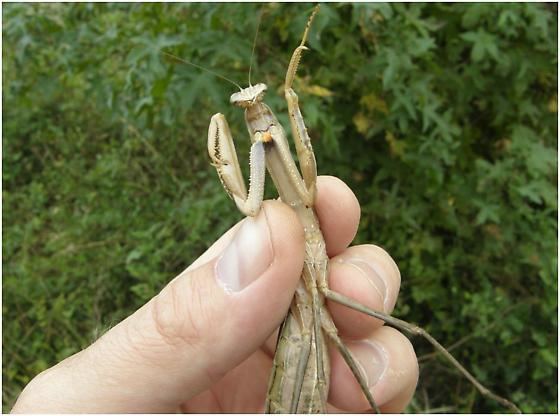 | ||
Similar Insect, mantis, Tenodera aridifolia, Tenodera, Chinese mantis | ||
Praying mantis grooming itself tenodera angustipennis
Tenodera angustipennis is a species of mantis native to Asia and nearby areas of Oceania.
Contents
- Praying mantis grooming itself tenodera angustipennis
- L5 gor tok female tenodera angustipennis
- Etymology
- Adults and nymphs
- Ootheca
- Range
- Habitat
- References
It has also been introduced and established in the eastern United States. Tenodera angustipennis has been noticed as early as 1921 in Aberdeen, Maryland, but had not been noted in a published record until 1933.
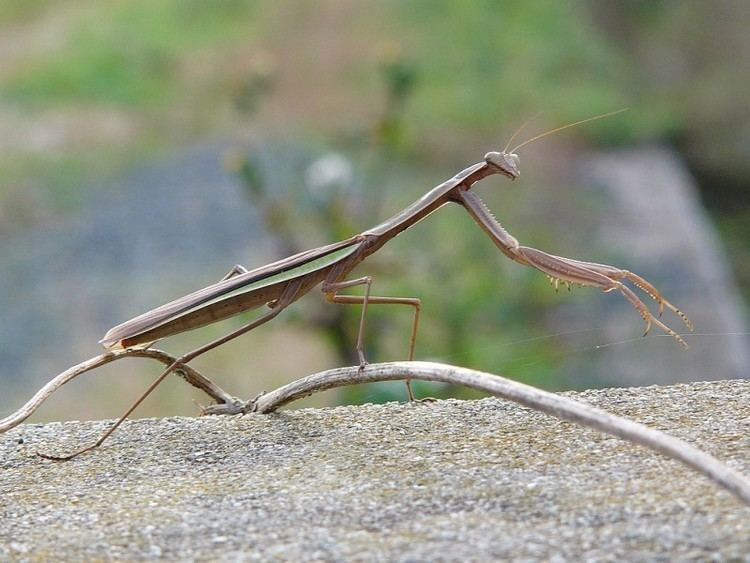
L5 gor tok female tenodera angustipennis
Etymology
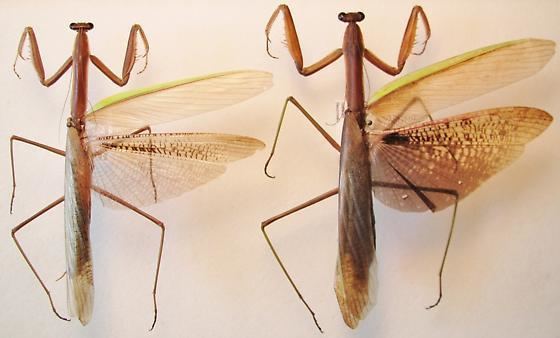
Common names, narrow-winged mantis or Japanese mantis in English or チョウセンカマキリ (translates to "Joseon mantis") in the Japanese language or 참사마귀 (an alternative name translates to "true mantis") and just plain 사마귀(a formal name) in the Korean language (사마귀 can mean the whole order of Mantodea or this specific species of praying mantis).
"Tenodera" is from Greek meaning "slender neck" and "angustipennis" is from Latin meaning "narrow wing".
Adults and nymphs
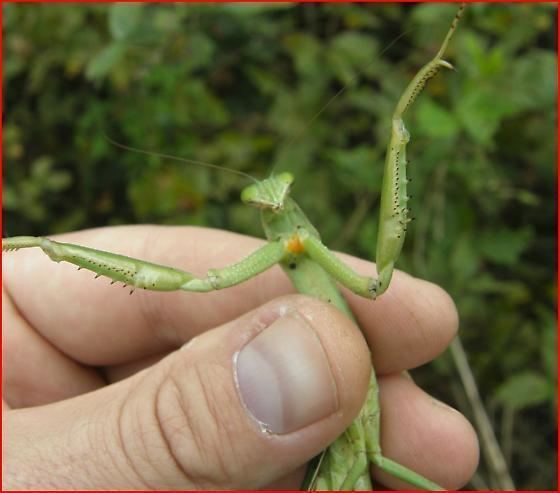
Size: Males 65~80 mm, females 68~85 mm in length. Tenodera angustipennis are often brown or green. Tenodera angustipennis proportionately have a more elongate pronotum and shorter, narrower tegmina and wings than Tenodera sinensis. T. angustipennis have a brown, patterned streak on each of their transparent hind wings, while T. sinensis have hind wings that are completely patterned and brown. The Chinese mantis is thicker or more stocky than the narrow-winged, mantis. It can be easy for a person to tell apart between the adults of these two species, Tenodera angustipennis and Tenodera sinensis when the two species are placed side by side.
Ootheca
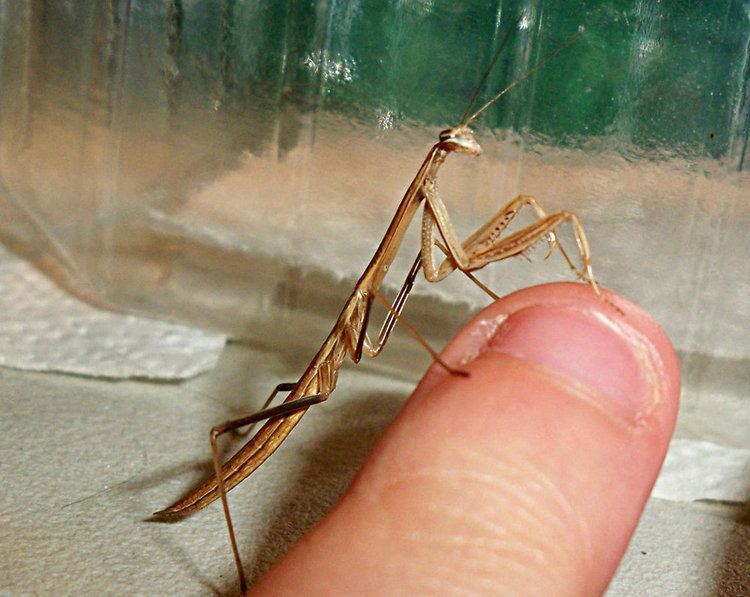
The oothecae of Tenodera angustipennis are elongate, about 40 to 60 millimeters long and about 14 millimeters in diameter and are sometimes mistaken to be Stagmomantis carolina oothecae. T. angustipennis oothecae probably hatch around 1 to 2 weeks later than T. sinensis do.
Range
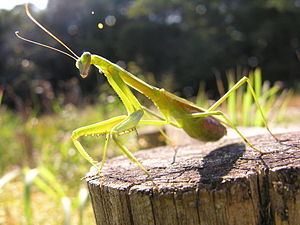
China, Hawaii, India, Java, Korean Peninsula, Ulleung-do, Jejudo, Taiwan, Vietnam, Honshu, Shikoku, Kyushu, Tsushima Island, Okinawa Island.
Non-native range in the United States:
Delaware, Maryland,New York, North Carolina, New Jersey, Ohio, Pennsylvania,Virginia.
Habitat
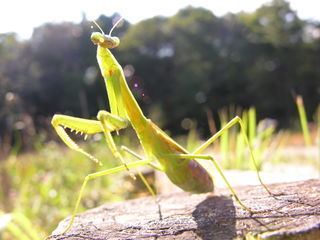
The oothecae are often laid on twigs of shrubs, stems of tall herbs, but in field margins they seem to prefer to lay their oothecae on tree trunks and fence posts. In some areas the T. angustipennis are just as common as T. sinensis.
